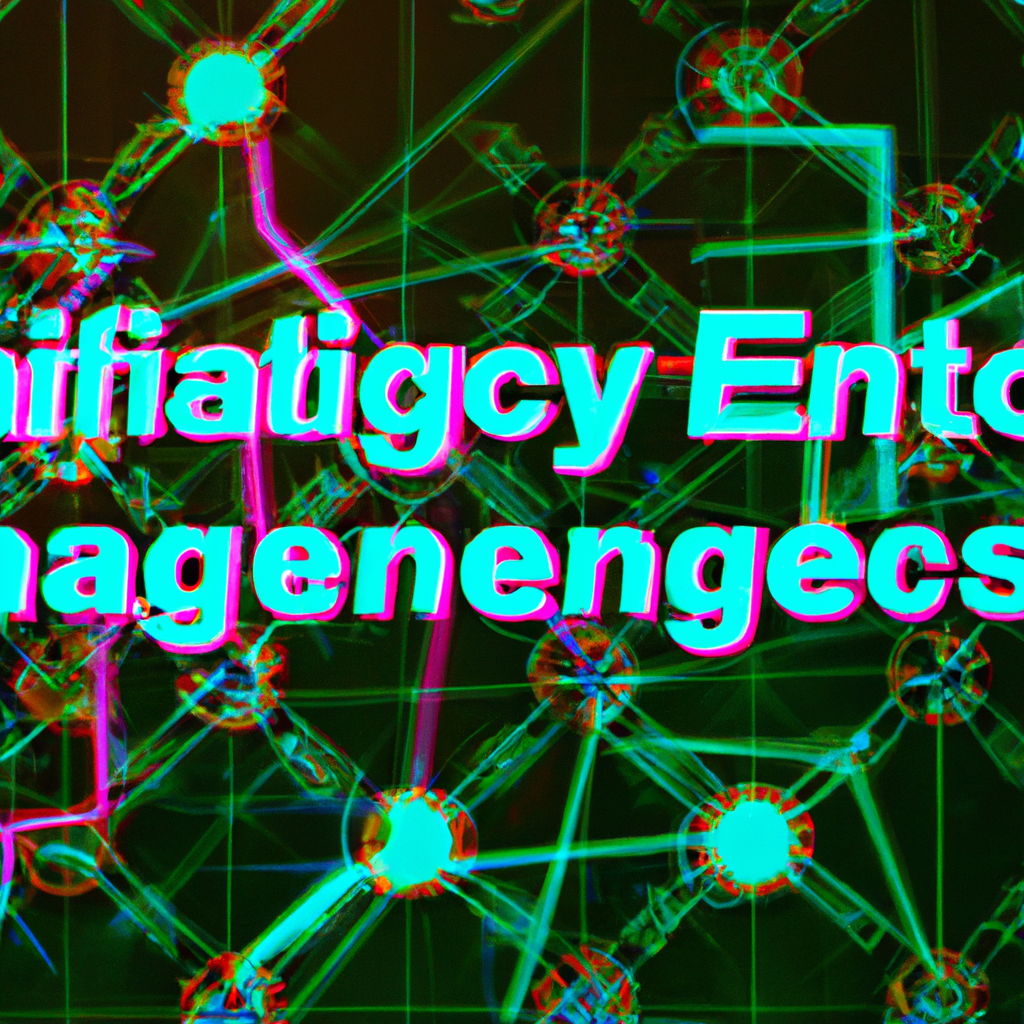Investigating the Efficiency of Graph Algorithms in Social Network Analysis
Table of Contents
Investigating the Efficiency of Graph Algorithms in Social Network Analysis
# Introduction
Social network analysis has gained significant attention in recent years due to the explosion of online platforms and the availability of massive amounts of user-generated data. Understanding the structure and dynamics of social networks is crucial for various applications, including recommendation systems, marketing strategies, and even public health interventions. Graph algorithms play a vital role in analyzing social networks efficiently and effectively. Therefore, it is essential to investigate the efficiency of these algorithms to optimize their performance and leverage their potential in social network analysis.
# Graph Algorithms in Social Network Analysis
Before delving into the efficiency of graph algorithms in social network analysis, it is crucial to understand their significance and the challenges they address. Social networks are typically represented as graphs, where individuals or entities are represented as nodes, and their connections are represented as edges. Graph algorithms enable us to extract valuable information from these networks, such as identifying influential individuals, finding communities, or predicting future connections.
One of the classic graph algorithms used in social network analysis is the Breadth-First Search (BFS). BFS explores the graph by visiting all nodes at the current level before moving on to the next level. It is often used to find the shortest path between two nodes or to traverse the graph efficiently. Another commonly employed algorithm is the Depth-First Search (DFS), which explores as far as possible along each branch before backtracking. DFS is useful for detecting cycles in a graph or visiting all nodes in a connected component.
# Efficiency Metrics in Graph Algorithms
When investigating the efficiency of graph algorithms, several metrics can be considered, including time complexity, space complexity, and scalability. Time complexity refers to the amount of time required to execute an algorithm as a function of the input size. It helps us understand how the algorithm’s performance scales with larger networks. Space complexity, on the other hand, measures the amount of memory required by an algorithm. It is particularly important when dealing with massive graphs that cannot fit into the available memory.
Scalability is a significant concern in social network analysis, as networks can grow exponentially in size. An algorithm is considered scalable if it can handle larger networks without a significant increase in execution time or memory usage. The scalability of graph algorithms is typically evaluated by measuring their performance on graphs of varying sizes and monitoring how their efficiency degrades as the network grows.
# Investigating Efficiency through Case Studies
To investigate the efficiency of graph algorithms in social network analysis, several case studies can be conducted. In this section, we will explore two case studies: community detection and influence maximization.
## Community Detection
Community detection aims to identify groups of nodes within a network that are densely connected internally but sparsely connected with nodes outside the group. It helps us understand the structure and organization of social networks. One popular algorithm for community detection is the Louvain method, which optimizes modularity, a measure of the strength of community structure in a network.
In a case study, we can compare the efficiency of the Louvain method with other community detection algorithms, such as Girvan-Newman or Infomap, on networks of varying sizes. The time and space complexity of each algorithm can be measured, and their scalability can be evaluated by increasing the size of the network. Additionally, real-world social networks can be used to assess the algorithm’s performance on different types of networks, such as online social networks or collaboration networks.
## Influence Maximization
Influence maximization focuses on identifying individuals or nodes in a social network who have the greatest impact on spreading information, ideas, or behavior. This problem is crucial in viral marketing, where identifying influential individuals can lead to efficient targeting strategies. One popular algorithm for influence maximization is the Independent Cascade Model, which simulates the spread of influence through a network using a probabilistic model.
Similarly, a case study can be conducted to investigate the efficiency of the Independent Cascade Model and compare it with other influence maximization algorithms, such as the Linear Threshold Model or the Degree Discount heuristic. The time and space complexity of each algorithm can be measured, and their scalability can be evaluated by increasing the size of the network. Real-world social networks, such as online social media platforms, can be used to assess the algorithm’s performance in different contexts.
# Conclusion
Efficiency is a critical aspect when dealing with graph algorithms in social network analysis. Investigating the efficiency of these algorithms allows us to optimize their performance, identify potential bottlenecks, and determine their scalability. Through case studies on community detection and influence maximization, we can measure the time and space complexity of different algorithms and assess their scalability on networks of varying sizes. By understanding the efficiency of graph algorithms, we can leverage their potential to gain valuable insights from social networks and improve various applications related to recommendation systems, marketing strategies, and public health interventions.
# Conclusion
That its folks! Thank you for following up until here, and if you have any question or just want to chat, send me a message on GitHub of this project or an email. Am I doing it right?
https://github.com/lbenicio.github.io

